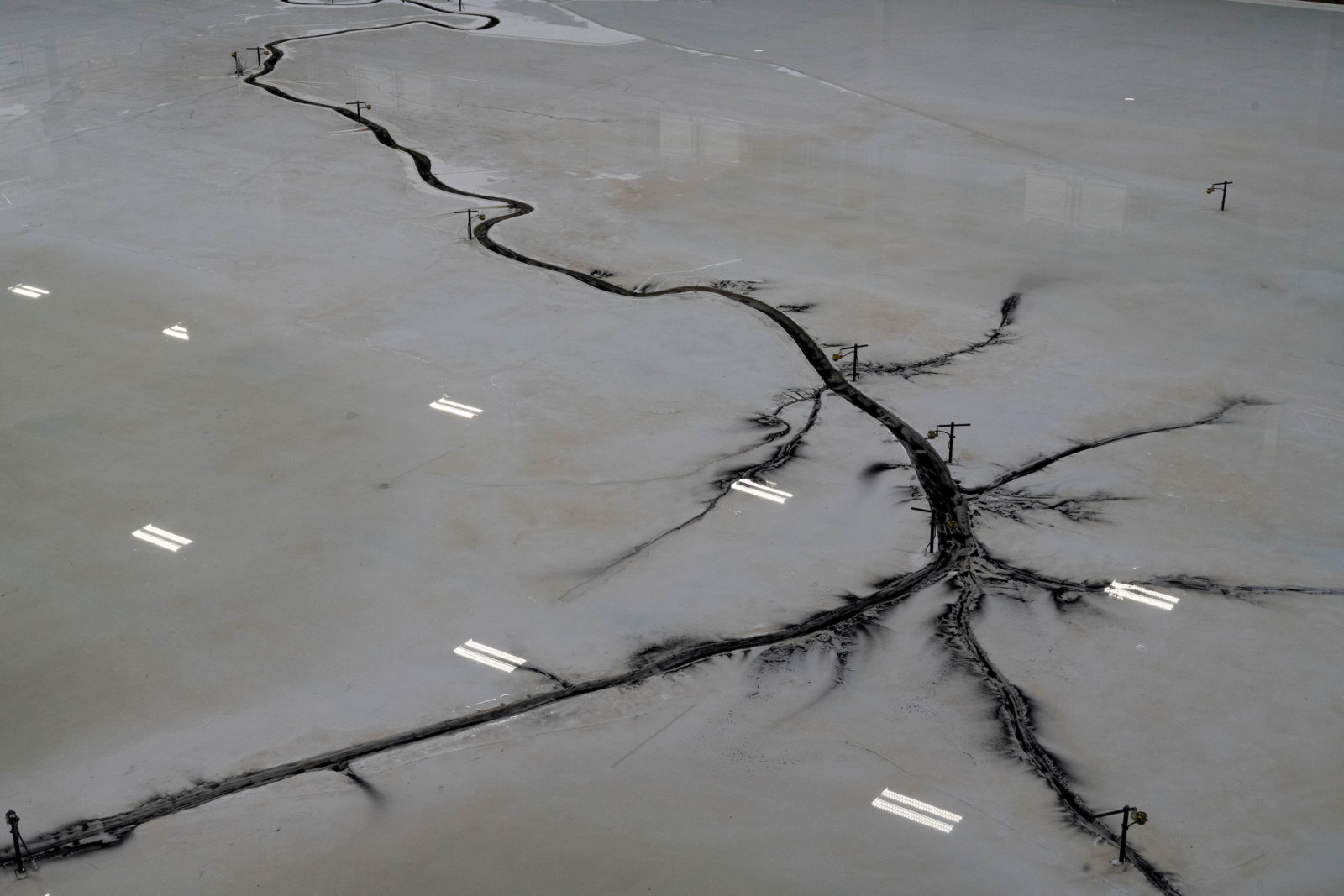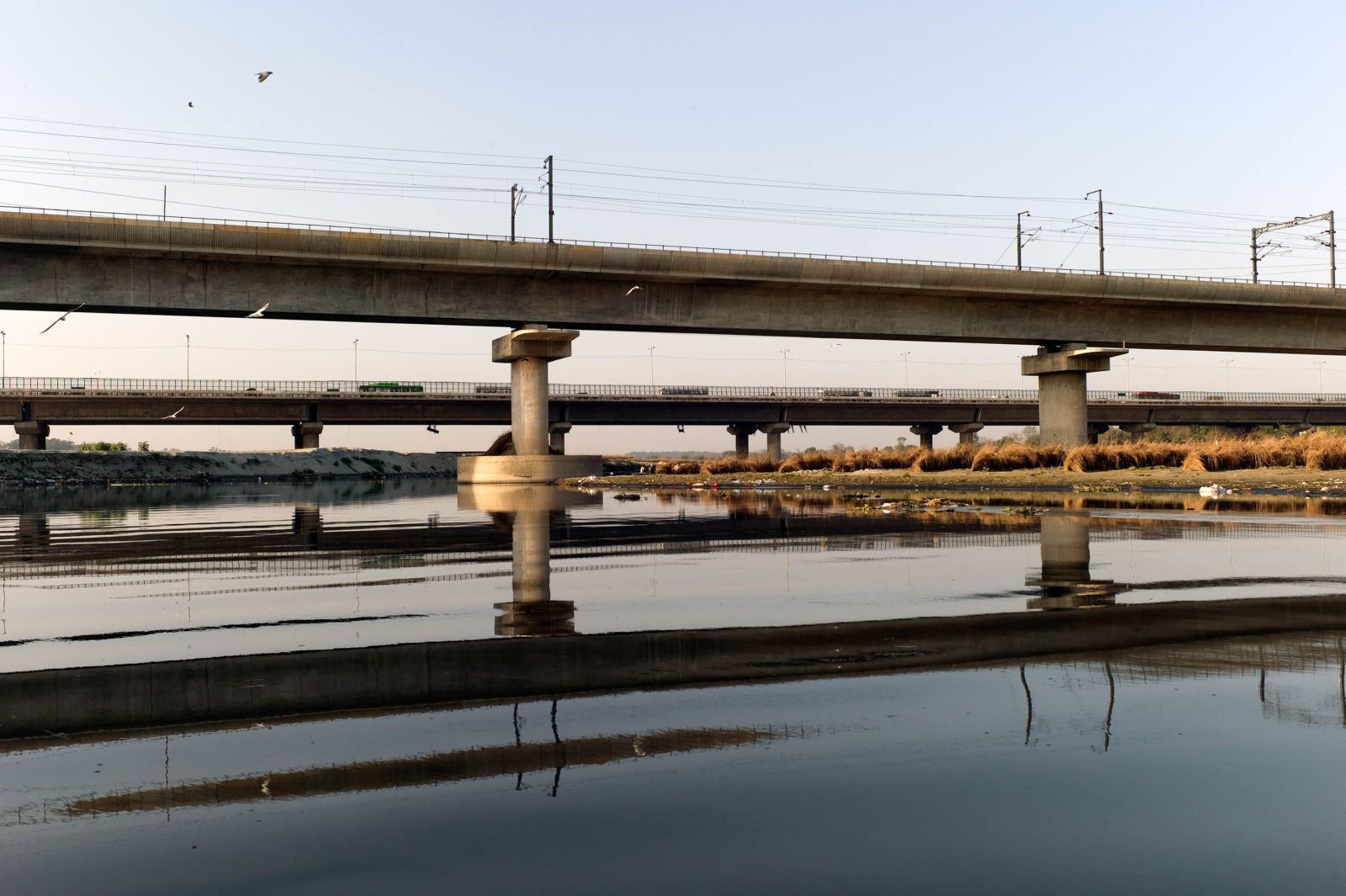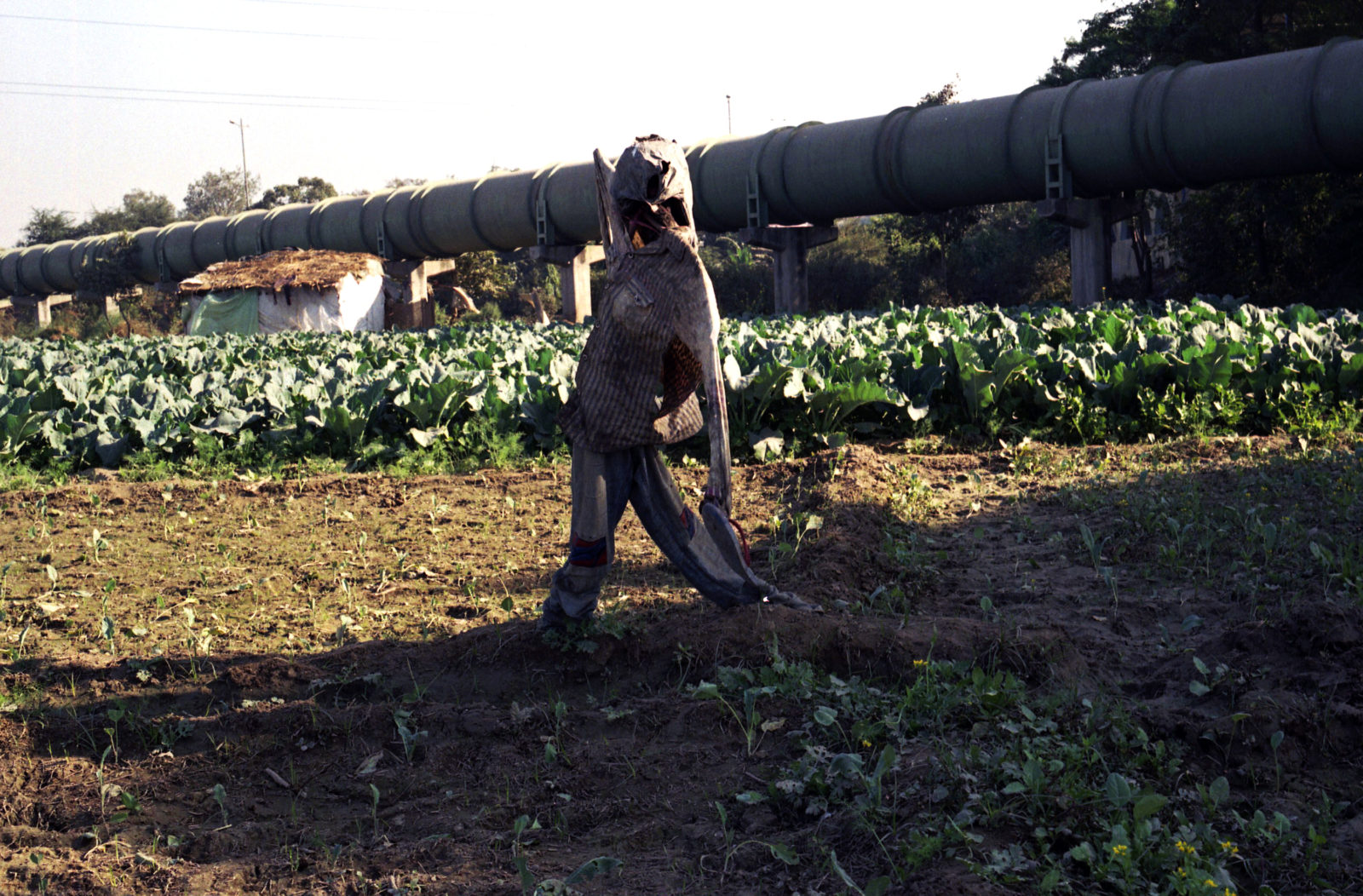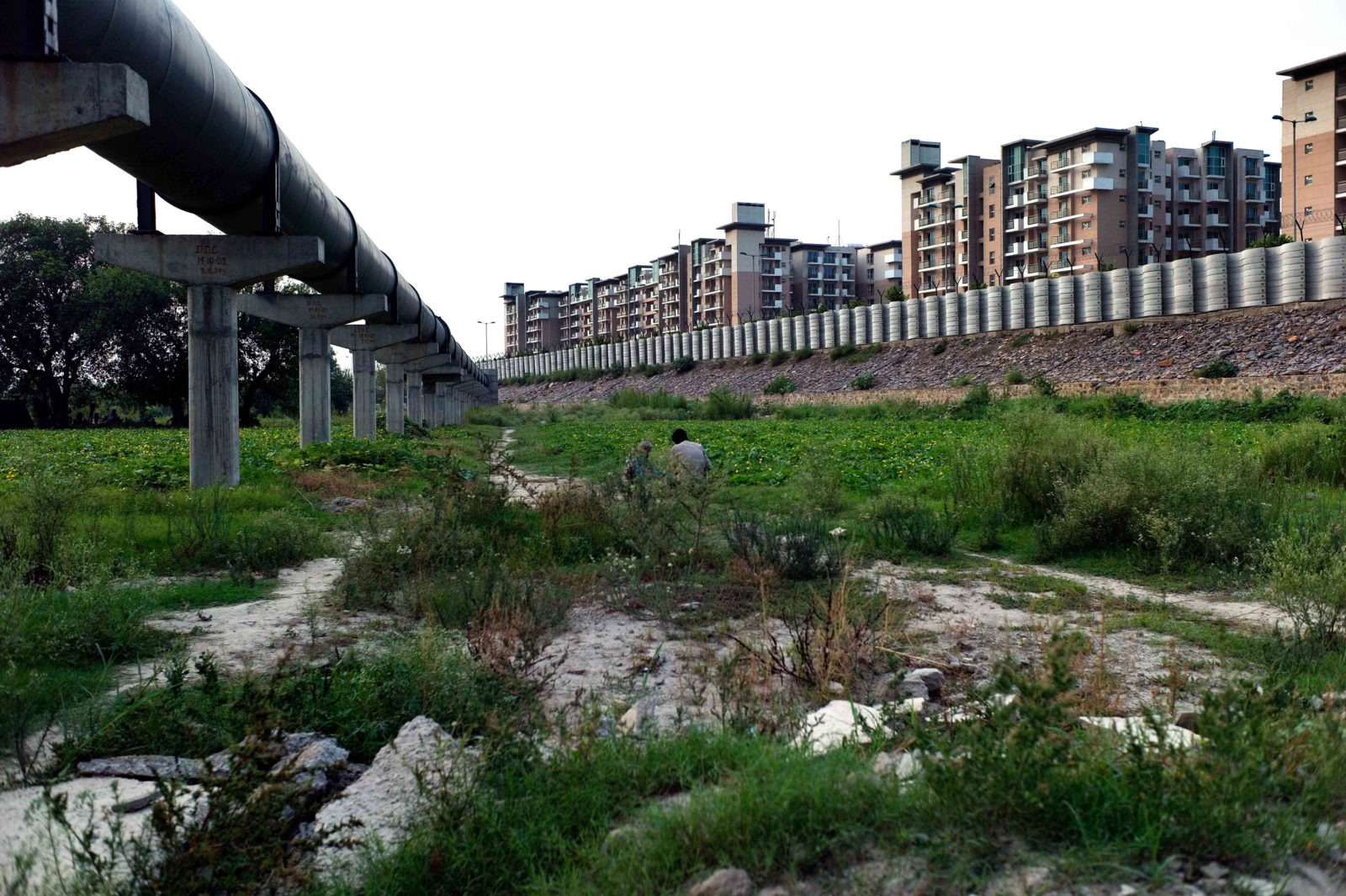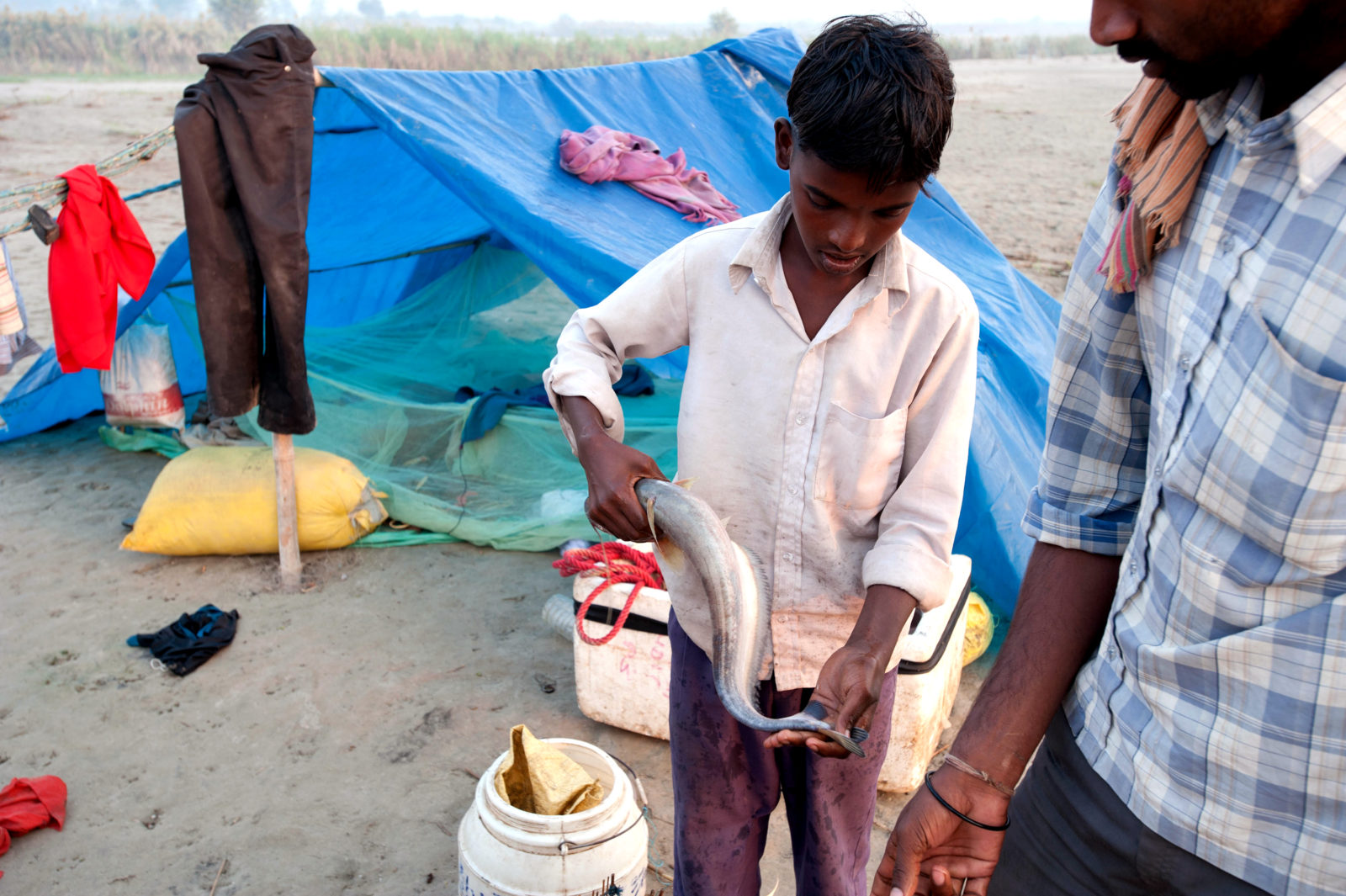Lost Voices
Listening in the Anthropocene
When visiting New Orleans, a context he was previously unfamiliar with but which through its complex relationship with a major river has parallels with his home of Delhi, artist and writer Ravi Agarwal found himself ruminating over two questions: how should I go there? How able am I to comprehend the context and what I might learn there? In this text, he reflects upon the shared experiences of those who live along the Mississippi in New Orleans and those who live by the Yamuna in Delhi, reciprocal relationships with nature, and the importance of listening in the Anthropocene.
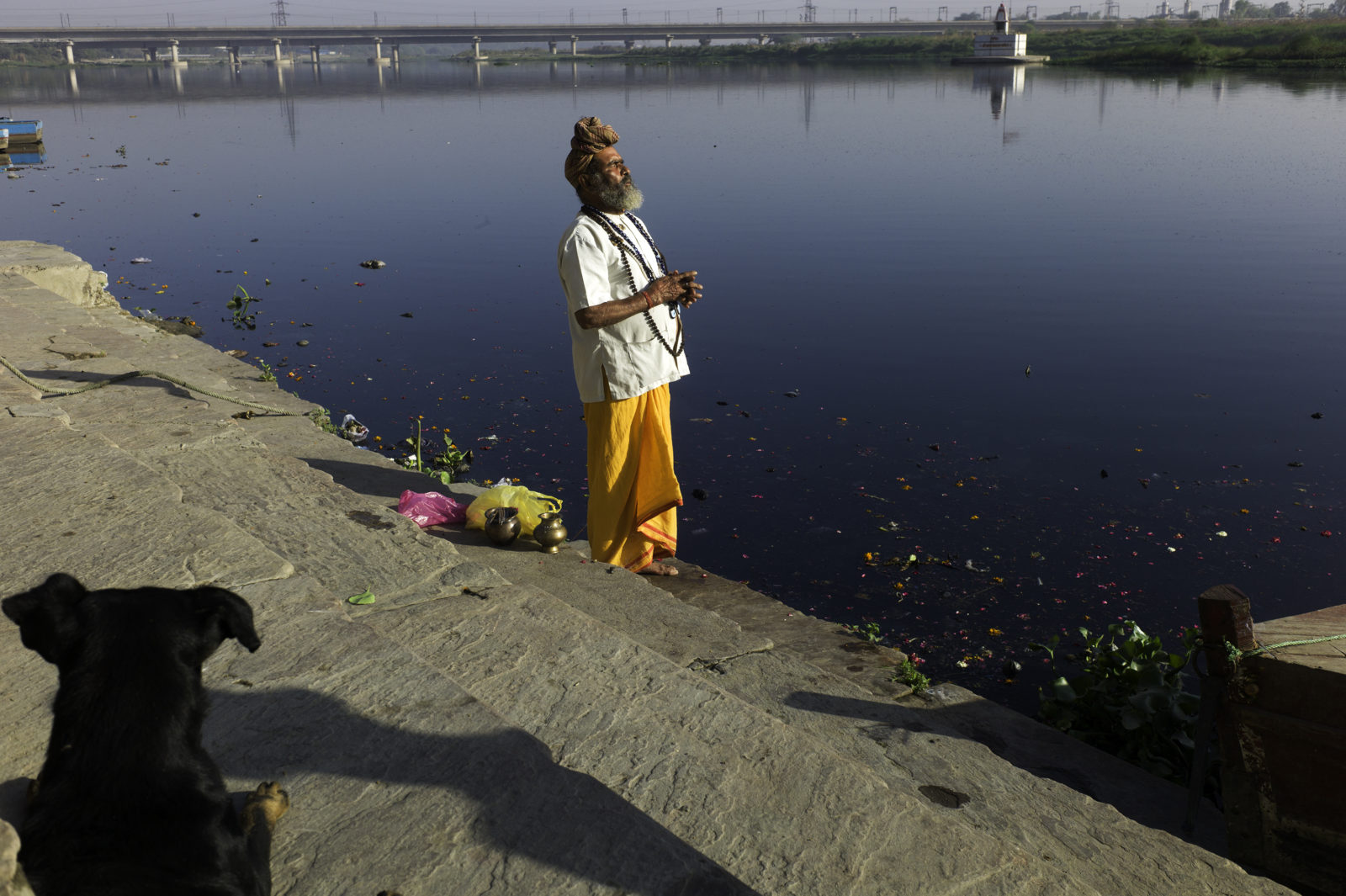
In their pursuit of economic progress, modern societies have repurposed nature on account of its “use” value. Accordingly, new universalizing ideas of pedagogy, finance, governance, and capital, as well as culture, have created systems and institutions where the multiplicity of nature(s) (as local ecosystems, livelihoods, identities, ways of life, etc.) is unacknowledged. This has led to the ecological crisis, as marked by the Anthropocene, a consequence of the loss of the innumerable relationships in which people and nature have coexisted. For example, within a short period of recent human history, river natures in particular have been drastically altered by technology and capital. Their embedded forms are visible as steel towers, power lines, embankments, dams, and barrages, which have reshaped their flows and imposed a logic of “function.”
People who for centuries have interacted with and lived alongside riverbanks, riversides, or marshlands have paid the price in terms of their lives and lifestyles. Long-standing riverine communities can testify that nature is not a “thing” somewhere “out there.” They have shaped and been shaped by the landscapes they have inhabited. For example, referring to eastern India, the historian Arupjyoti Saika describes nineteenth-century colonial settlers discovering that “the floodplains of the (river) Brahmaputra constituted a complex agrarian landscape that demanded continuous interaction between the floodplains, hills and foothills.”1 Ideas of nature were produced through these interactions over time, and in turn, these ideas became integrated into culture, rituals, and ways of life.
This was evident as I flew into New Orleans. I was awestruck by the massive networks of water channels visible as threads in the delta below, where the meandering and channelized Mississippi River met the Gulf of Mexico. I could not but help reflect upon how its once free flows, interconnected with planetary systems of waters, had been shaped in deep time. More than ten thousand miles away, similar to the Mississippi Delta and the Gulf, the Ganges and the Brahmaputra meet with the Bay of Bengal, to form another huge braided estuary of shifting lands, silt, and water, which define the border between two nation states—India and Bangladesh. Here too, the constant effort over the past couple of hundred years, has been to embank, control and dam the rivers. In fact, the relationship between these river systems has been more than notional. In 1955, Harvill E. Weller of the Mississippi River Commission was invited by the Indian Government to seek his advice on how to tame the wild Brahmaputra—an example of an attempt to control river natures through global knowledge, technology, and capital, without accounting for their very heterogeneous landscape and demographic specifics. It seems that they were all out to prove Mark Twain wrong when he wrote “The Mississippi will always have its own way: no engineering skills can persuade it to do otherwise.”2
From the ground, however, the view becomes entirely different. A tectonic shift in perspective occurs. Everything becomes diminutive, reduced to a human scale, not only in spatial but also in temporal terms, when seen from the eyes of communities that have lived there, yet who have been rendered invisible.
In many cases, a fusion of “self” with “nature” formed identities and value systems that recognized with humility and respect a supremacy of nature—notions that many indigenous communities embedded within their knowledge systems. Indigenous cultures typically demonstrate ways in which complex everyday relationships with nature are regarded as reciprocal or integrated, with the natural world deemed to be held in trusteeship for future generations. Reflecting upon such tenancies towards nature, author Amitav Ghosh cites the tale of Bon Bibi, the forest god of the Bengal Sundarbans:3
[T]he Bon Bibi legend uses the power of fiction to create and define a relationship between human beings and the natural world. Nowhere does a term equivalent to “Nature” figure in the legend of Bon Bibi, yet nowhere is its consciousness absent; although ecological concerns are never named, the story is profoundly informed by that awareness which the literary critic Larry Buell has termed “the environmental unconscious”—a phrase that is all the more useful, in my view, because it does not invoke the cultural and linguistic freightage of the word “Nature.”
The Mississippi Delta and wetlands, as seen from above, November 2019. Photograph by Ravi Agarwal Flying over the Mississippi Delta, November 2019. Photograph by Ravi Agarwal
I had all these thoughts racing through my mind from New Orleans, where I had come from New Delhi to participate in the Anthropocene River Campus in November 2019, to visit an indigenous community at Bayou Pointe-Au-Chien to learn about their relationships with the Mississippi. The trip was undertaken as part of the Campus seminar entitled Claims/Property, which sought to engage “with complicated entanglements of property claims that cut across the social, racial, and ecological landscapes of the of the Delta.” Going to Pointe-Au-Chien posed two questions: How should we go there, a group of academics, artists and researchers, many of whom were visiting for the first time, and learn to listen to their ideas? And: how able were we to really comprehend a very different way of life and its perspectives?
Both questions were about an ability to move out of fixed viewpoints of what we “know” and to be able to listen to and understand what may be totally alien to us. Paradoxically, as a result of many modern approaches to education and learning, it seems that our ability to acknowledge and comprehend a standpoint entirely different from the mainstream has been curtailed. Hence the challenges these questions posed are not easy to overcome. Furthermore, in our desire to control and shape nature to our own ends, we have ceased to listen to its voices, its murmurs, and it silences. In fact, in the era of the Anthropocene, nature’s complexity has been rendered inaudible. Its monotonic soundscapes now reflect the reduction of river-natures to merely hydrological systems.
Part of the presentation about the Mississippi River at Louisiana State University’s Center for River Studies. Photograph by Ravi Agarwal
Such opaqueness has been institutionally embedded. A visit to the Louisiana State University’s Center for River Studies , this time as part of the Clashing/Temporalities seminar, reinforced this observation. The presentation we received as visitors highlighted an approach that projected riverscapes as not entangled with, but rather devoid of life. It resonated with similar presentations of river natures I have encountered in India (albeit without the impressive level of such large scale projections), where rivers have become a subject of engineering and communities are supposedly absent.
As Saika put it, “The river, in their narratives, metamorphized into an abstract entity: It was stripped of its everyday life involving villagers, townspeople, and flora and fauna.”4 No doubt the riverside communities of the Mississippi and Ganges-Brahmaputra look very different, speak different languages, grow different foods, and have different relationship with the rivers they live with, yet they have one big thing in common; in both places they have been cast as “redundant” to the landscape.
To undo the damage caused by the ecological crisis, destructive structures of political power need to be reconfigured, and the value systems that have shaped landscapes, cultures, languages, and relationships with the planet for time immemorial, need to be reintroduced. To do that, understanding diverse community experiences with nature, such as at Pointe-Au-Chien, could be key to forging a path of co-existence in the Anthropocene. But how does one do this in our current moment, when these ways of life are under threat and disappearing, and we may not even know how to comprehend their complexities anymore? Where does one begin?
Listening with respect and an open mind is a good place to start—even with the difficulties it brings. It can entail an onto-epistemological shift. For example, when engaging as an artist and environmentalist with traditional fisherfolk in Southern India, I wondered if we spoke a culturally common language. “Was the sea I saw, the sea they saw?” I wondered. While for me the sea was a limitless body of water sometimes beautiful, sometimes stormy or calm, in a distant and abstract way, for them it was a part of their lives, constituting an everyday coexistence of livelihood, experiences, and rituals. Hence listening is not simply about hearing but entails crossing boundaries and positions. It implies being in a mode of receiving and being respectful. It is also about reconstituting political and power positions, where the “other” is considered an equal. It is a de-colonizing of one’s own gaze. It can allow one to visit a place and gain new understandings. As an ancient Zen Buddhist saying suggests, we should, “empty the cup (of knowledge),” and start listening with non-knowing and curiosity. With an empty cup, one can receive, and thereby understand in deeper ways.
Fisherfolk at work in Southern India. Photograph by Ravi Agarwal
Finally, if we succeed in this venture, how might we bring back a diversity of ways of being with nature and change the manner in which the planet is lived on? Of course, exclusions based on color, caste, or creed need to be completely done away with—there cannot be some regarded as less human than others—but in addition, we need to include nature back into our lives. And while listening is a good starting point, it has to lead to new conversations that acknowledge differences in ways of knowing and relating to the planet. After the question of “how do I go there”, a further question follows: “What does one leave with?” What kind of new politics of inclusion and governance could emerge? There may not be one answer, but a hundred. We need to shed our shackled imagination to listen to these new possibilities of other futures.
